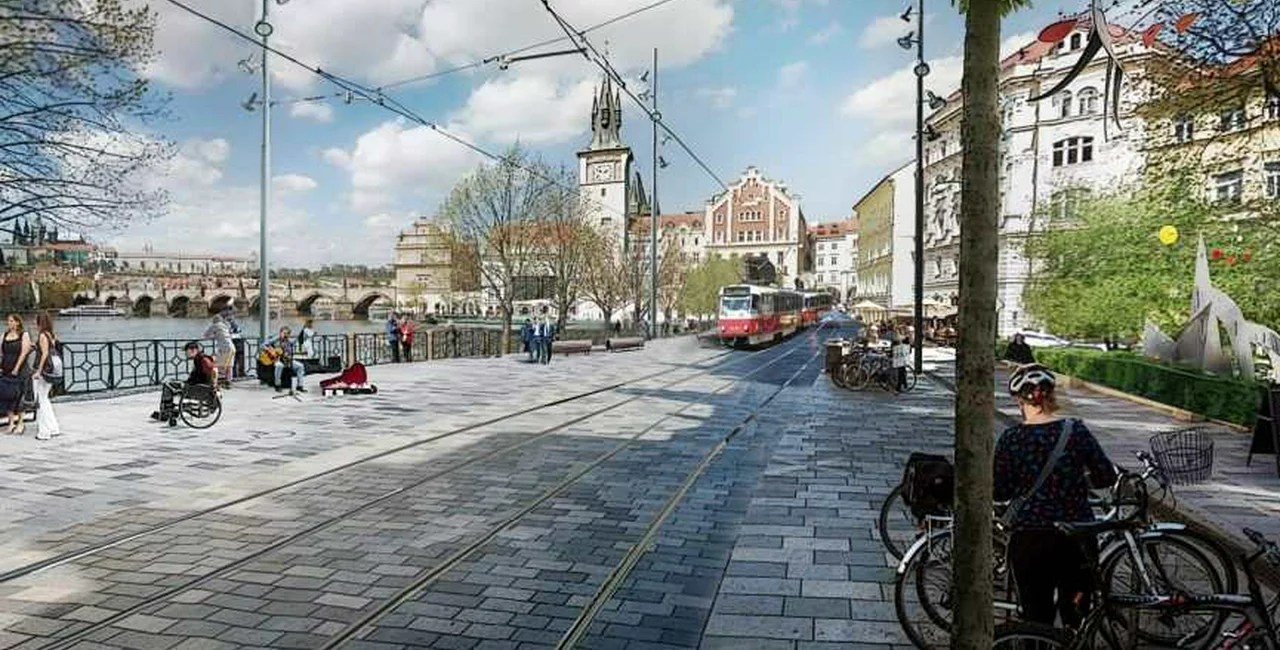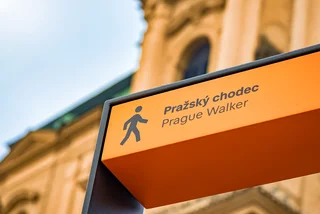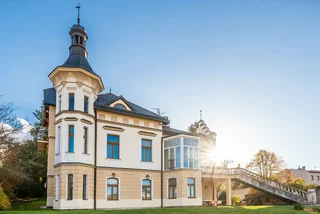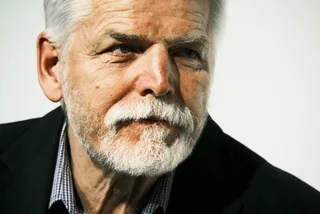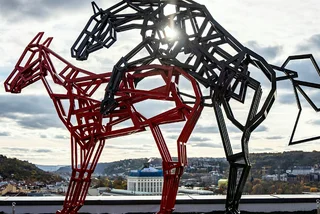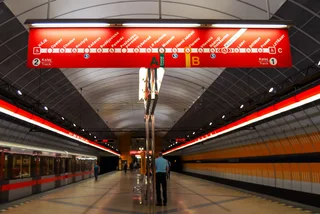A petition is calling for the expansion of pedestrian-friendly zones in Prague’s city center. Pro-biking group Auto*Mat is behind the initiative.
The group wants to
restrict automobile traffic in parts of Old Town and Malá
Strana
so the areas will be friendlier to pedestrians.
“We call on the Prague City Assembly, the Prague 1 City District and all the local authorities concerned to initiate legislative steps in the near future that will lead to the calming of the area of Smetanova nábřeží and Karmelitská Street,” Auto*Mat said.
They want the city
and Prague 1 district to agree to restricting the transit of
nonresidents’ cars in the historic center on both banks of the
Vltava, and maintaining a passage for residents at least on the Malá
Strana
embankment.
The upcoming renovations of Smetanova nábřeží, Křižovnická Street, Újezd, Malostranské náměstí, and Klarov should be designed for reduced traffic load, and where possible the spaces should be made into quiet zones with leveled roads and pavements, according to Auto*Mat’s proposal.
“At the same time
we call on the above-mentioned institutions to initiate steps to
create a concept for calming traffic in the city center. Only in this
way can the transformation of Prague into a 21st century city be
productive and complete. Moreover, these measures are also aimed at
the Metropolitan and Strategic Plan of the City of Prague,” the
group said.
The web page for the petition includes a comparison view of Smetanova nábřeží with no car traffic, just trams, and it’s current condition.
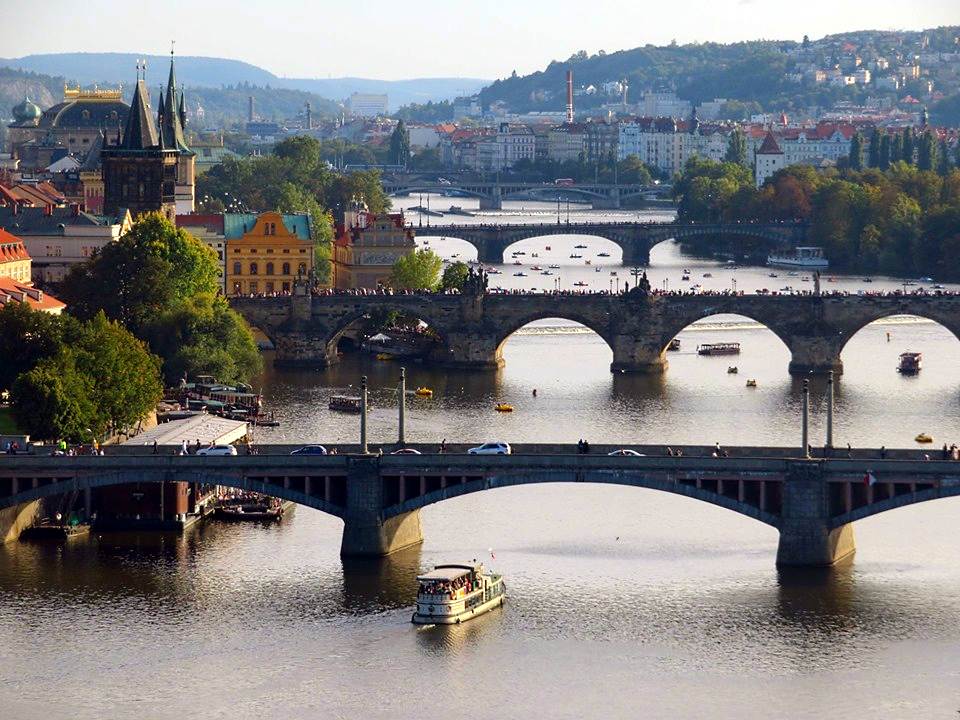
Charles Bridge had car and even tram traffic on it during the first half of the 20th century. It didn’t become a pedestrian zone until 1965. Other areas that are now pedestrian zones such as Old Town Square or Na Příkopě at Wenceslas Square also had traffic. Predictions that turning them into pedestrian zones would disrupt city life did not prove true in the past, according to Auto*Mat.
The temporary
closure of streets around Malostranské náměstí for tram track
work in November did not lead to a traffic collapse in the city
center, showing that this could be done a long-term basis, Auto*Mat
claims.
City Hall has been interested in making Prague more user-friendly and recently turned the parking lot in front of the city’s main administrative building at Mariánské náměstí into a pedestrian zone.
Czech NGO Auto*Mat supports sustainable city development with a focus on public, pedestrian and bicycle traffic, human-oriented public space and thoughtful urbanism solutions, according to its website.
The group was
founded in 2003 as an informal platform, and in 2007 transformed into
a civic association. It is part of an international initiative World
Car-free Network and NGO association Green Circle.












 Reading time: 2 minutes
Reading time: 2 minutes 